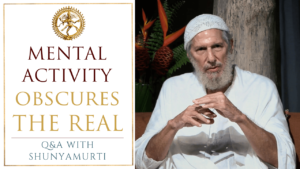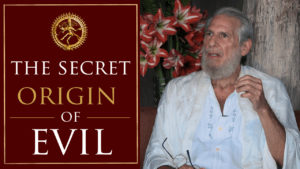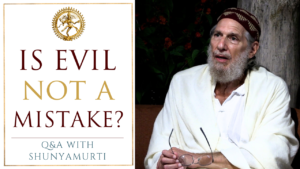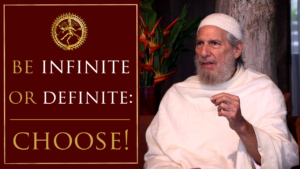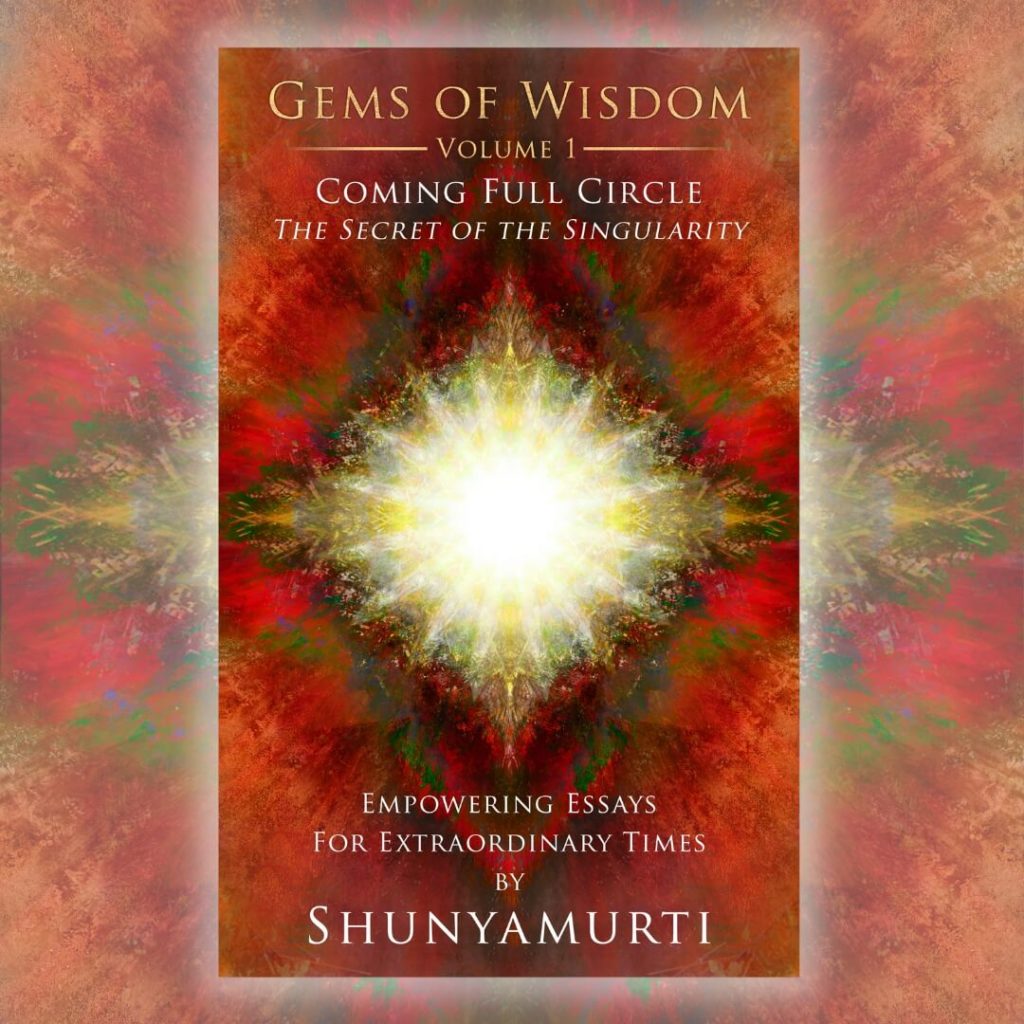by Urvashi |
Tea-making tips and recipes from our medicinal greenhouse garden!
The Sat Yoga Sacred Garden
Jagadamba Malaya, which means Garden of the Universal Mother, is the greenhouse home to many of the medicinal plants we cultivate here at the Sat Yoga Ashram. It is one of my favorite places in the ashram, a peaceful, fragrant, meditative haven. Abundant with plant life, this tea-lover’s paradise is overflowing with incredible herbs and brightly colored flowers – there are over 35 different plants to choose from, just for tea alone.
Our ancestors from all lands and nations have used traditional plants for healing in myriad ways, from teas to tinctures and poultices to name a few. Herbal tea has the double blessing of being medicinal and delicious, full of essential vitamins and minerals and a great way to keep the Sangha (community) healthy.
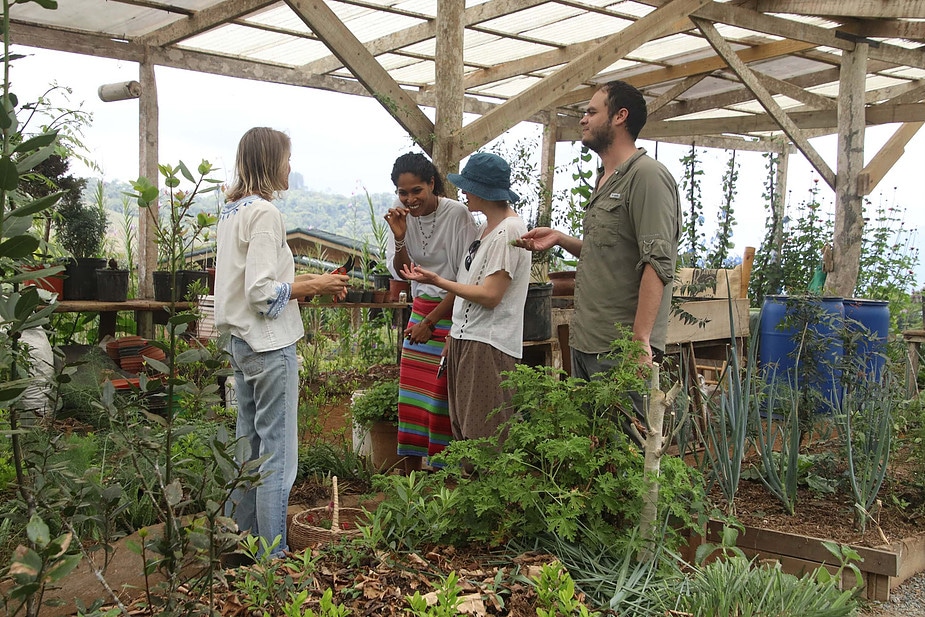
The benefits of medicinal herbal teas can extend even beyond the physical body. For example, certain psychoactive herbs such as Gotukola are known to deepen meditation and influence the mental body. Sat Yoga teaches that we have seven bodies or koshas and that if we work on all of these, we can attain healing and Liberation, not just for ourselves but for the planet as a whole. (Read Shunyamurti’s beautiful essay, Seven-Body Health Care. It was this essay that initially brought me to Sat Yoga and changed my entire paradigm of what healing is.)
Traditional Medicinal Plants
I have the pleasure of spending time in Jagadamba Malaya daily, watering the plants in the afternoons and collecting herbs to make tea three mornings a week. I feel honored to perform this Seva in silent, meditative attunement to God’s presence in nature, to learn from our plant allies, to tune in to their subtle vibrations as I carefully harvest for tea, to infuse the medicinal leaves and flowers with love, and above all, to express gratitude for all that we receive.
I use between three to five different kinds of plants per tea, keeping in mind which flavors work well together and what their benefits may be. Yogiraj, the keeper of the medicinal garden (read his recent blog on The Heart Work of Soil Making here!), will inform me of any new plants we are cultivating and whether to use roots, stems, leaves, or flowers, as well as their main properties which I will also research.
Sometimes there is a special request in which case specific plants are chosen; a cold-busting blend during the rainy months, for example, might include immune-boosting Echinacea which grows abundantly here, or Spilanthes which has equally powerful flu-fighting properties. I might also add fresh ginger, elderflower or mullein to help open the breathing channels.
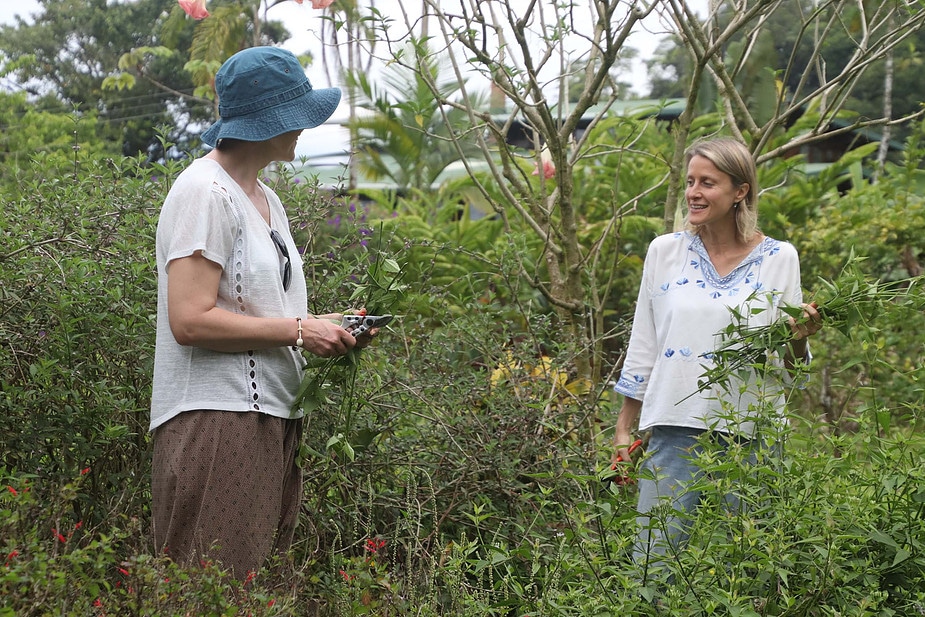
A few of the plants that grow in abundance here and have become Ashram favorites due to their flavors and properties are:
Holy Basil (Tulsi), one of the most ancient herbs in Ayurvedic medicine, an adaptogen known for its many healing properties and psycho-spiritual benefits. Its usage dates back thousands of years. It is considered a sacred plant in the Hindu tradition and typically adorns temples in India. Holy Basil grows abundantly in this climate, and its enticing fragrance emanates from our greenhouse during the flowering months. It is excellent for stress-relief, as a sleep aid, and for the reduction of inflammation and anxiety.
Lemon Balm (Melissa), a potent antioxidant and antimicrobial plant with calming properties. It has a distinct, lemon candy flavor that is further enhanced when combined with other citrus herbs such as Lemongrass or Lime Balm.
Calea Zacetachichi, also known as Mexican Dream Herb, is a community favorite. In Mexico, the plant is used as an herbal remedy and in ceremonial rituals. It is also reported to induce divinatory dreams if placed under one’s pillow at night, or just a cup before going to sleep will work the magic!
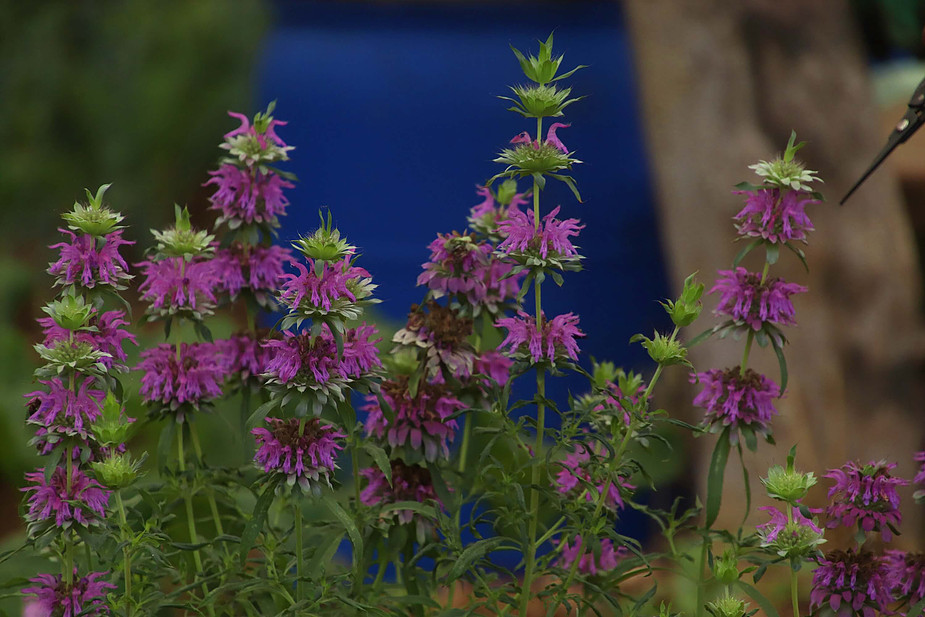
The base of every tea is ginger and turmeric root, grown in abundance here on Arunachala. Their numerous benefits include aiding digestion, combating inflammation and immune system support.
To start the process, I boil a huge pot of water with a few big handfuls of ginger and turmeric and let it simmer for a good ten minutes. If I am using lemongrass or any woody roots, I will boil them too.
Then, I venture out to collect, process and chop the herbs which are always added once the heat has been turned off. I leave the medicinal brew to steep for up to an hour before straining, diluting and serving.
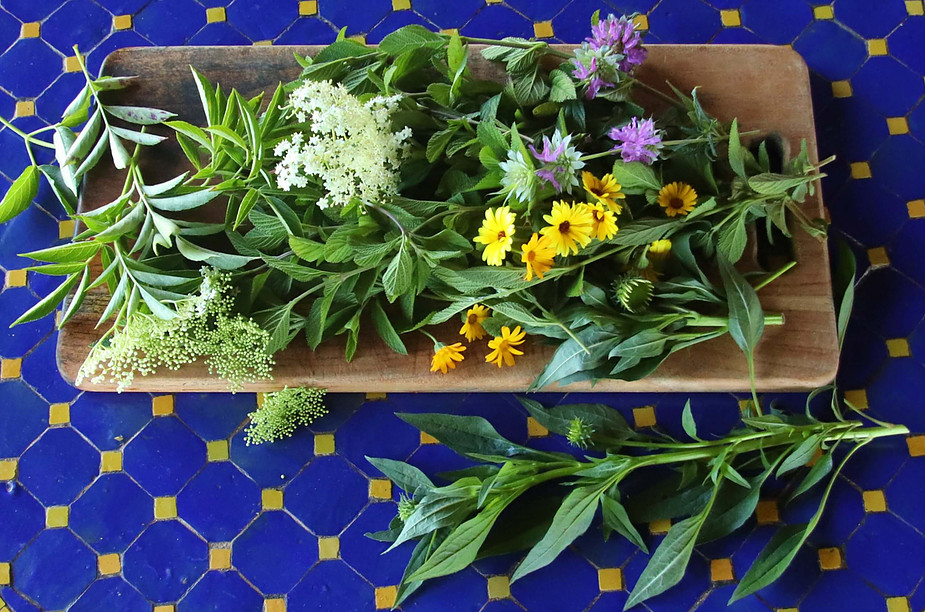
I usually add a large bunch of sweet herbs to most teas, either Stevia or Lippia Dulcis which is native to central America. Both balance out any bitter herbs and also taste delicious in addition to containing beneficial properties of their own. Some yogis with a sweet tooth might also add a little Arunachala honey to their cup!
Recently, I had the pleasure of sharing the joy of tea-making with some of our Ashram Experience students, a program that allows visitors to live, serve, learn and meditate together with our resident community members. Together, we harvested and processed the herbs and flowers to create a beautiful, medicinal brew of elderflower, calendula flowers, juanilama and echinacea, and bee balm for all to enjoy!

10 Special-Tea Recipes from Arunachala
♥Yarrow, Elderflower & Echinacea
An immune-boosting blend with a sweet, delicate flavor.
♥Holy Basil & Calamint
A meditation-enhancing floral infusion.
♥Cinnamon Basil & Chocolate Mint
A sweet & spicy, energizing tea.
♥Lemon Juanilama, Melissa & Catnip
A soothing, lemony afternoon and evening blend.
♥Lavender, Calea & Lippia Dulcis
A calming, dream-time tea with a hint of herbaceous sweetness.
♥Mullein & Tarragon
A nourishing and earthy brew that opens up the breathing channels.
♥Lemongrass, Sorrel & Pineapple Sage
Pineapple Sage is sometimes called “nature’s valium.” This zesty, citrusy tea provides a calming vibe.
♥African Violet, Nettle & Moringa
A nutrient-packed, cleansing and emotionally calming antioxidant tea.
♥Apple Mint, Chocolate Mint, and Peppermint
A soothing but potent digestive; a minty blend of flavors.
♥Fennel, Licorice Mint & Spilanthes
An aromatic, digestive aid that restores balance.
Herbal tea is made fresh three times per week and is available all day every day at Mahatma Lodge, the gathering place for Great Souls! Whether you like to have a cup first thing to focus your consciousness before the 4am meditation as I do, to enjoy while witnessing a stunning sunset, during a Sangha movie night or to induce restfulness at bedtime, you are always warmly invited for tea.
Namaste,
Urvashi

